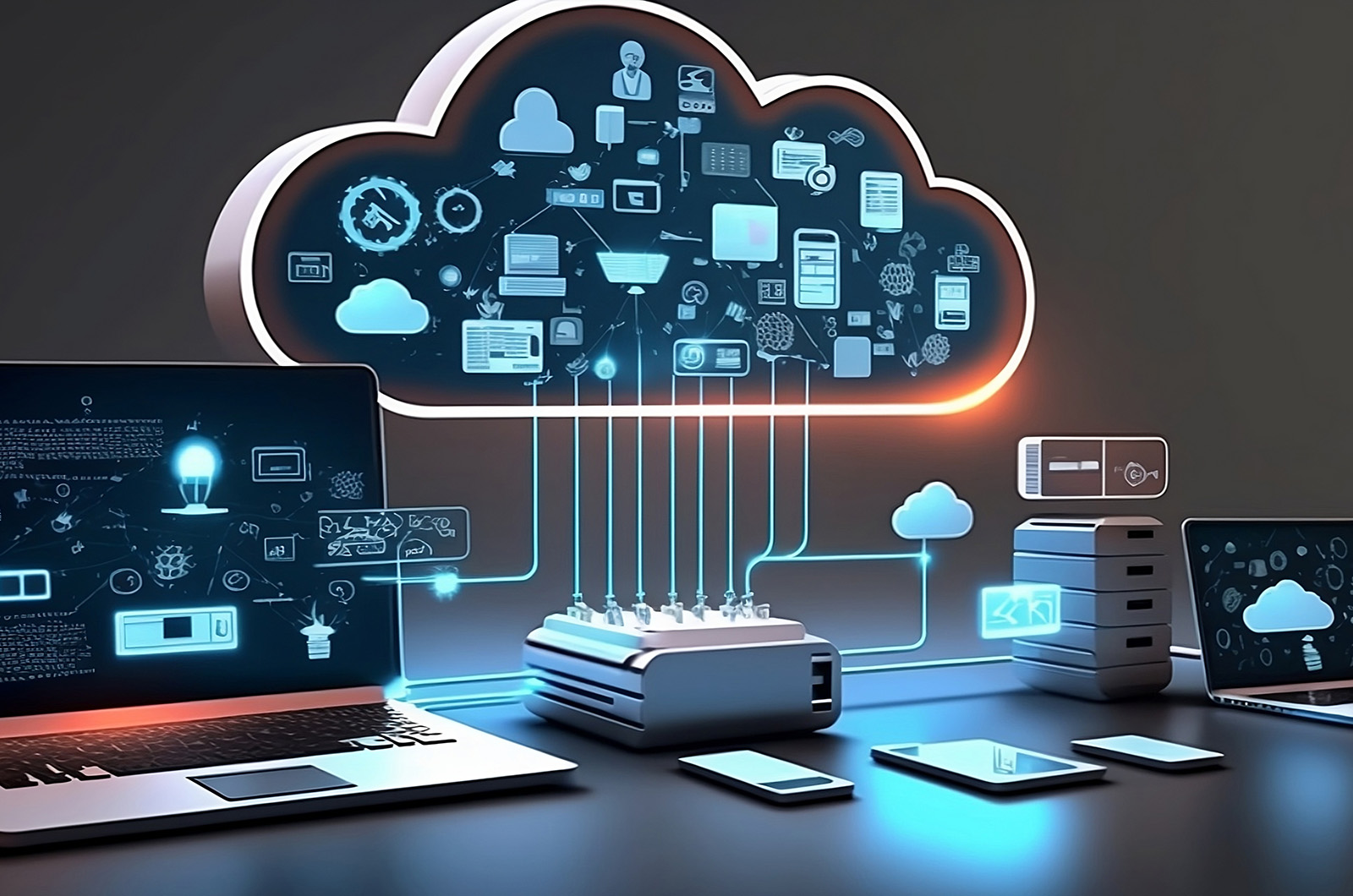Discover the Power of LinkDaddy Cloud Services: Authorities Press Release Insights
Discover the Power of LinkDaddy Cloud Services: Authorities Press Release Insights
Blog Article
Achieve Seamless Scalability With Cloud Solutions
In the ever-evolving landscape of cloud services, accomplishing seamless scalability stands as a cornerstone for contemporary services looking for to stay affordable and adaptable. The mission for seamless scalability with cloud solutions reveals a world of possibilities for those prepared to welcome the transformative power of dynamic source management.
Advantages of Cloud Scalability
Cloud scalability supplies organizations the adaptability to dynamically change sources based on need, ensuring optimal performance and cost performance. One vital advantage is the capacity to scale sources up or down swiftly in reaction to changing work. This agility enables services to satisfy transforming consumer requirements without over-provisioning sources, inevitably causing cost financial savings. Scalability additionally enhances efficiency by guaranteeing that systems can manage increased web traffic or work without experiencing downtime or slowdowns. By successfully allocating sources, companies can preserve high levels of performance during peak times without unnecessary expenses during quieter periods. Furthermore, cloud scalability advertises development and testing by allowing companies to conveniently check originalities and range them as required. This adaptability urges a society of continual improvement and adaptation, making it possible for companies to stay affordable in a swiftly developing market landscape. Eventually, the advantages of cloud scalability prolong past expense savings to encompass better efficiency, agility, and technology.
Secret Functions for Scaling
Effective scaling in cloud services depends on vital functions that enable companies to adjust sources dynamically based on demand. One vital function for scaling is elasticity, enabling resources to scale up or down in response to varying workloads. This makes certain that companies can fulfill efficiency requirements without over-provisioning resources. Another crucial function is scalability, enabling systems to deal with boosted work by including resources flawlessly. This feature is vital for accommodating development without compromising performance. Furthermore, automation plays an essential role in scaling by automating the provisioning and de-provisioning of sources based upon predefined policies. Automation minimizes human treatment, enhances effectiveness, and guarantees quick action to transforming needs. Surveillance and analytics tools are also important for scaling, giving understandings right into resource usage, efficiency metrics, and prospective traffic jams. These tools allow companies to make enlightened choices and maximize source allotment for reliable scaling. In general, these vital features collectively encourage companies to attain smooth scalability in cloud solutions.
Implementing Auto-Scaling Approaches
To properly maximize source appropriation and adapt to varying workloads, companies have to tactically apply auto-scaling methods in their cloud services infrastructure. Auto-scaling permits systems to immediately adjust the variety of compute sources based upon real-time need. There are numerous auto-scaling techniques that companies can utilize, such as predictive scaling, which utilizes historic data to forecast future resource needs, and reactive scaling, which replies to existing workload changes.

Ideal Practices for Scalability
For organizations intending to improve their scalability in cloud services, applying ideal practices is important for ideal efficiency and resource monitoring. One secret ideal technique is creating applications with a microservices architecture. This technique breaks down applications right into smaller sized, independent services that can be deployed, updated, and scaled individually, permitting better adaptability and scalability.
One more essential technique is utilizing containerization technology, such as Docker or Kubernetes. Containers make it possible for the packaging of applications and their reliances right into isolated devices, making it less complicated to scale parts separately and deploy them consistently throughout various settings.
Additionally, implementing automated implementation and framework as code (IaC) can streamline scalability initiatives (linkdaddy cloud services). Automation devices like Terraform or Ansible help in provisioning and managing resources efficiently, decreasing hand-operated errors and allowing rapid scalability
Furthermore, checking performance metrics, establishing up signals, and performing regular capability preparation are crucial methods to guarantee aggressive scalability monitoring. By adhering to these finest techniques, companies can attain smooth scalability in their cloud services while optimizing efficiency and source application.
Surveillance Efficiency Metrics
When evaluating the efficiency of cloud solutions scalability, closely keeping an eye on performance metrics is crucial for making certain optimal performance and resource allotment. By continuously tracking crucial efficiency signs (KPIs) such as response times, throughput, latency, and resource usage, organizations can gain beneficial insights into the health and performance of their cloud facilities. more tips here Keeping track of efficiency metrics permits the early detection of possible traffic jams or issues that might affect scalability, making it possible for positive steps to be required to address them before they intensify.

Conclusion
To conclude, accomplishing smooth scalability with cloud solutions is vital for organizations to enhance efficiency, boost technology, and maintain high performance levels throughout peak times. By leveraging the advantages of cloud scalability, executing auto-scaling methods, using crucial features such as flexibility and automation, and complying with ideal methods like application layout and efficiency monitoring, companies can successfully scale their systems while taking full advantage of resource utilization and performance.
The mission for seamless scalability with cloud solutions unveils a world of possibilities for those eager to embrace the transformative power of vibrant resource management.
Cloud scalability offers organizations the adaptability to dynamically adjust resources based on need, guaranteeing optimum performance and expense effectiveness. One more vital feature is scalability, making it possible for systems to deal with enhanced workload by including sources perfectly.For organizations aiming to enhance their scalability in cloud solutions, carrying out finest methods is essential for optimal efficiency and resource administration.When assessing the effectiveness of cloud solutions scalability, carefully keeping track of efficiency metrics is imperative for making sure ideal functionality and resource allocation.
Report this page